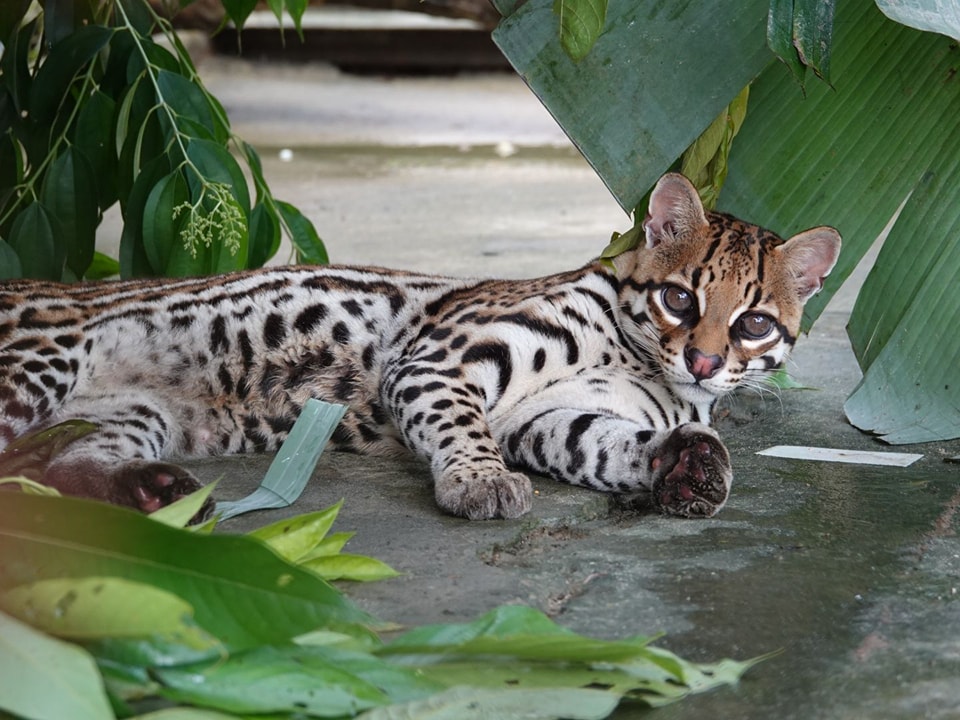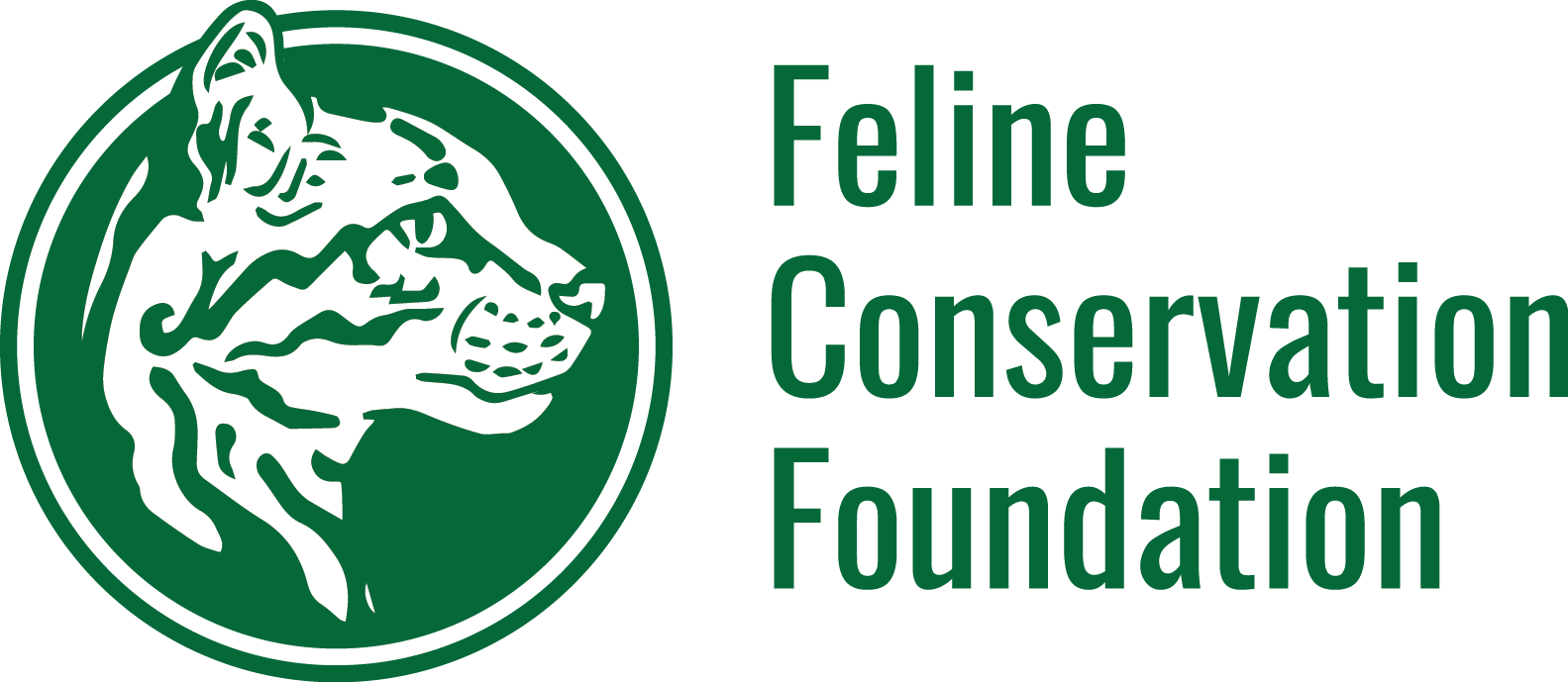In partnership with the Rainforest Awareness Rescue and Education Center (RAREC) and Kids Saving The Rainforest, the Feline Conservation Foundation proudly supports the Ocelot Project. This vital initiative is dedicated to the rescue, rehabilitation, and release of ocelots back into their natural habitats, ensuring their survival and fostering biodiversity conservation.

Our Partners:
Rainforest Awareness Rescue and Education Center (RAREC): Located near Iquitos, Peru, RAREC is a wildlife rescue center authorized by the Peruvian government. Our mission is to rescue and rehabilitate threatened species of Amazonian wildlife, provide community education, and further scientific knowledge to preserve the Amazon Rainforest. Operating thirty miles from the city of Iquitos, we work closely with the Peruvian Environmental Police to rescue and rehabilitate animals, preparing them, if possible, for their return to the wild. Our dedicated team at RAREC is passionate about preserving the unique biodiversity of the Amazon through hands-on conservation efforts and community involvement.
The Ocelot Project:
Our collaboration has led to the construction of specialized grow-out habitats designed for pre-release preparation of ocelots. Currently, we have two ocelots under our care, both of which are progressing towards being released back into the wild. These facilities are essential for acclimating the ocelots to a semi-wild environment, where they can develop the necessary survival skills.
The next steps in our project include purchasing advanced tracking collars to monitor their movements post-release. This technology will allow us to gather crucial data on their behavior, habitat use, and interactions, which is essential for ensuring their successful reintegration into their natural environment. Additionally, we plan to fund ongoing research initiatives to support these efforts and to continually refine our rehabilitation and release strategies.

By combining our expertise and resources, we are making significant strides in wildlife conservation and ensuring the survival of these magnificent creatures. Our joint efforts not only aim to rescue and rehabilitate individual ocelots but also to contribute to the broader understanding and preservation of their species.
We invite you to join us in our mission to protect and preserve the incredible biodiversity of the Amazon. Together, we can make a meaningful difference, fostering a future where wild felines thrive in their natural habitats. Your support and involvement are crucial as we work towards a world where conservation and coexistence with wildlife are paramount.
